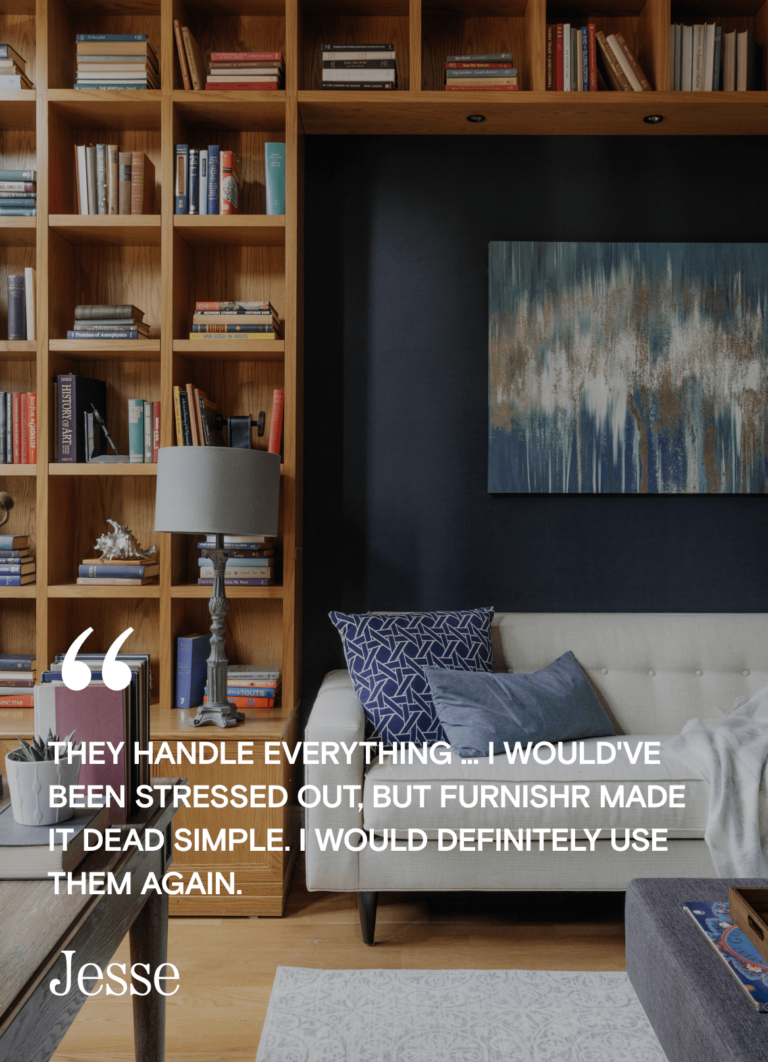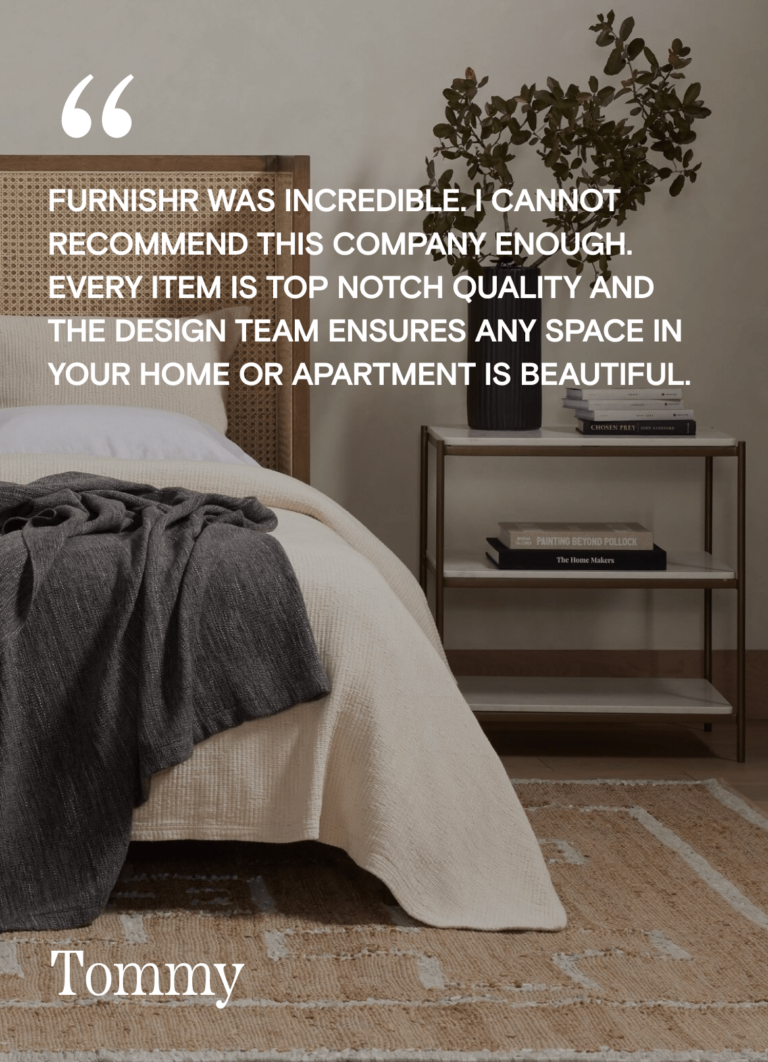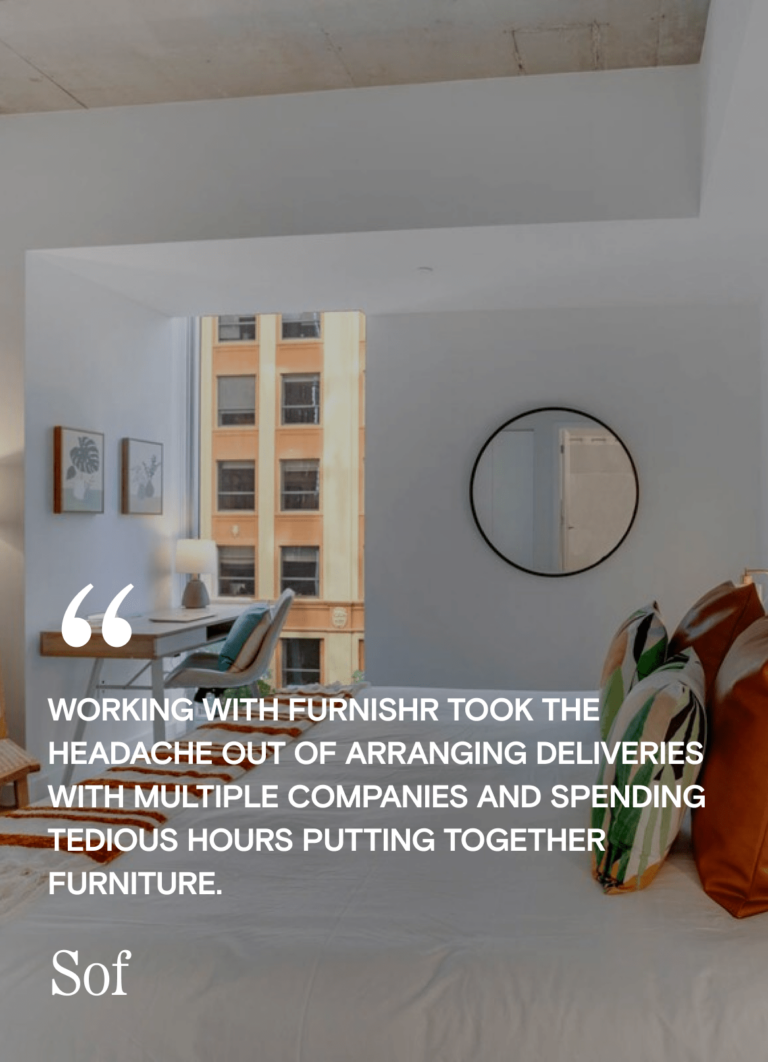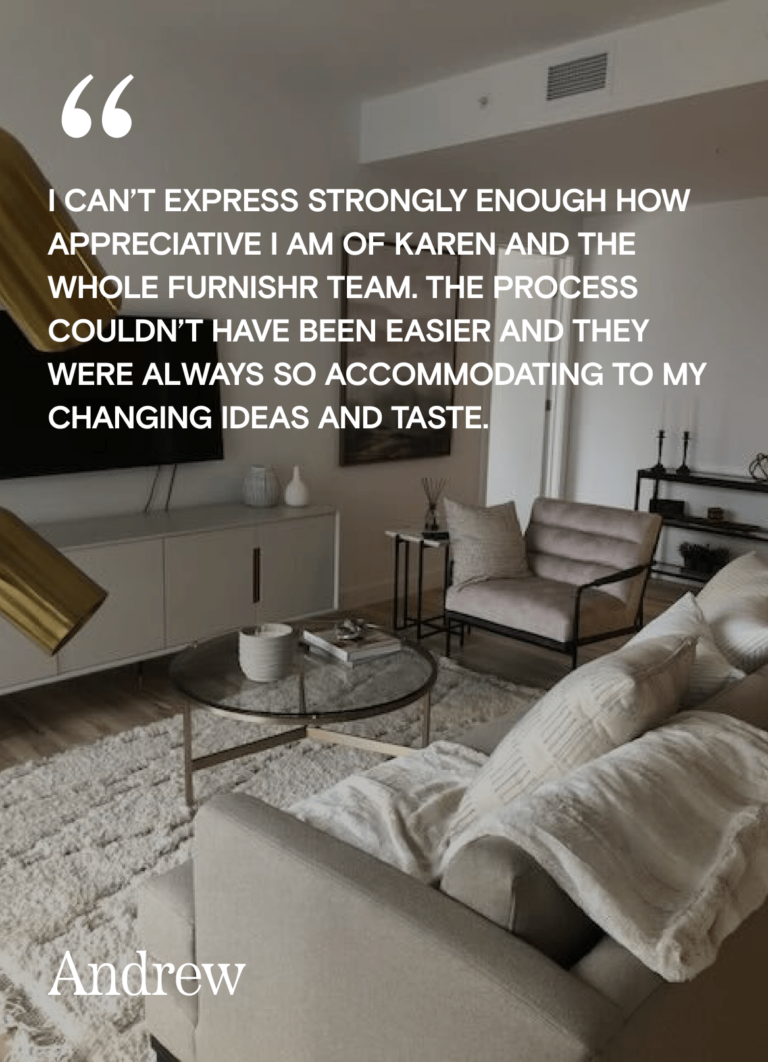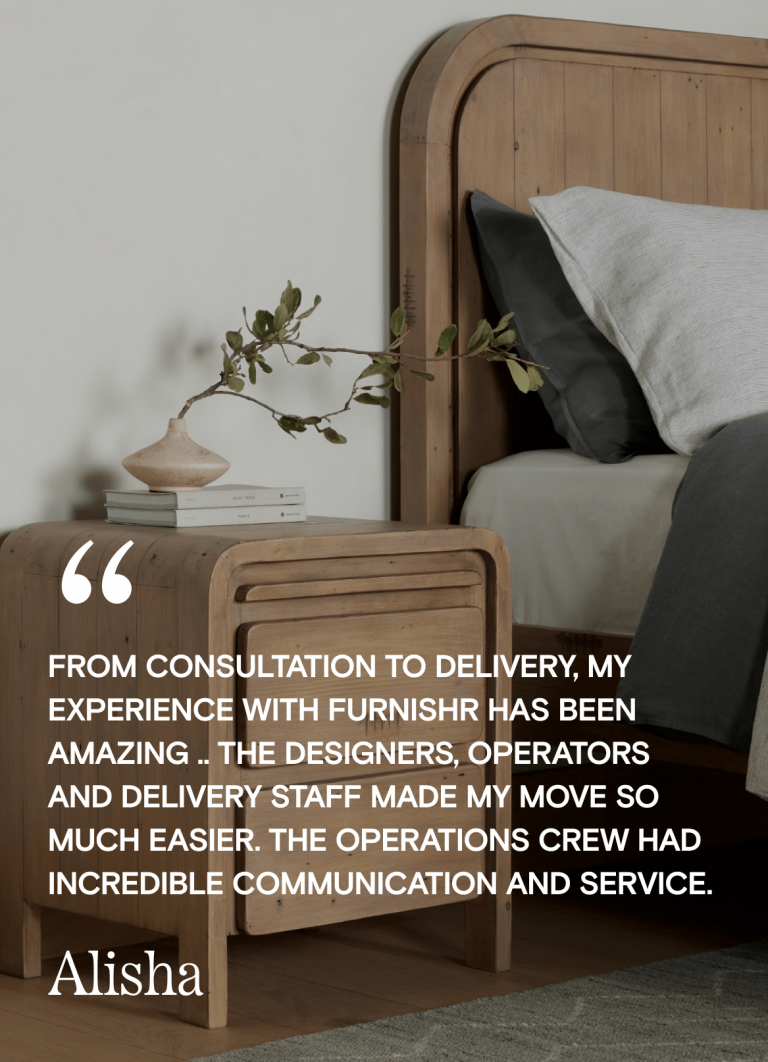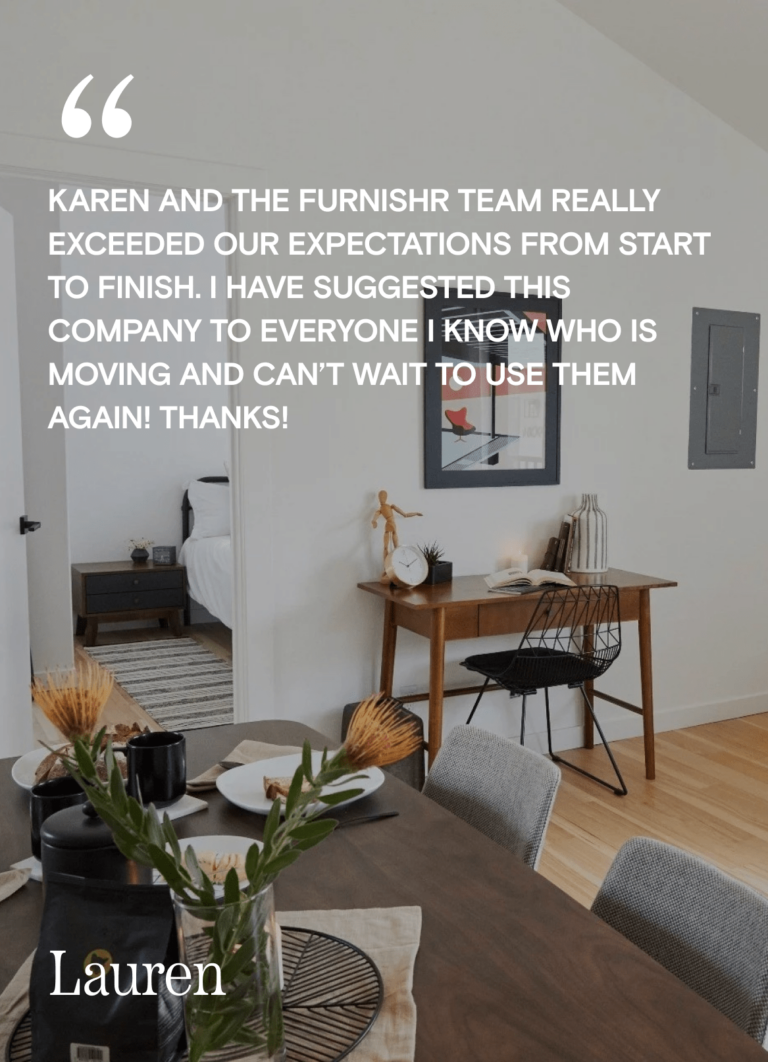Here’s a shocking statistic: U.S. Environmental Protection Agency estimates that we spend around 90% of our lives indoors. If you think about this, 90% makes sense. Most of us sleep eight hours at home, work eight hours at the office, and otherwise hang out at home, at someone else’s home, or in a restaurant or some other building. Air quality, objects of beauty — there are so many ways that a room can affect us. Having a good home decor is imperative to our health and it can create balance in areas of your life. Some people call this mindfully decorated home a “feng shui home”.
Interior Design is part of our lifestyle.
So are designers thinking about this?
Thankfully, yes! Architects, interior designers, and manufacturers are profoundly aware of the effects their work has on real human beings. That’s why we have building standards like the environmental LEED certification, as well as guidelines for safe and clean products. Canadian engineers are even given an iron ring on the day of their graduation to symbolize the responsibility of constructing safe structures.

But how much of an impact does the style of our homes have on health and wellness?
Well, you may have heard of Feng Shui, which is the ancient Chinese system of arranging items in space to harmonize oneself with one’s surroundings. Many people regard Feng Shui as a pseudoscience, and they see interior design as a ‘softer’ design discipline. Coincidentally, a recent study showed that 90% of people with an interior design degree are women. Might this be why home style is undervalued by the big brothers of design?
The quality of indoor environments actually has an enormous impact on our health and wellbeing.
Design is personal. We have all experienced the small, nuanced ways that our space affects our mood, but perhaps we just didn’t have the words to describe it. This post is here to help. Let’s break down all the elements that makeup someone’s experience of a room. You’ll be surprised — or maybe not — at just how many ways you’re being helped (or hurt) by home decor.
The three major areas in which a Feng Shui home creates health & wellbeing are purpose, personalization, and adaptability.
1. Purpose
Purpose is the basic guiding principle when designing an office versus a bedroom. The furnishings and sensory atmospheres of each room should naturally encourage different purposes. You enter the bedroom, and the bed invites rest with its soft furnishings and calming decor. You walk into the office and feel energized by bright lights and bold colors. Furnishings should align with purpose.
If you want your living room to serve the purpose of hosting large dinner parties and movie nights, then you should have plenty of open seating in a conversational arrangement. Plus places to set drinks.
2. Personalization
Personalization is very important. It’s the reason that cubicle workers cover their desks with personal trinkets. It’s why the Internet is full of tutorials on personalizing rented apartments. To put it simply, “There’s no place like home” refers to a specific place where you feel at home.

3. Adaptability
Adaptability is the idea that a space should easily adapt to your needs, whether daily or seasonally. IKEA became popular not only because of cheap furniture, but also because it has multipurpose furniture, ottomans that act as seating and storage for example. You may want your living room to feel cozy and closed during the winter, but bright and airy in the spring. This hits upon another trend in architecture, which is responsive environments and smart homes. Some smart buildings take this idea to a grand scale. They can swivel their blinds to take advantage of minimal sunlight in the winter. In the summertime, they use an entirely different algorithm to keep the sun out and reduce A/C costs.
But let’s break it down even further. Design is a sensory experience.
1. Sight.

Inspirational objects keep the mind focused and uplifted. Too many written words can be agitating because your mind can’t help but try to read everything! The famed architect Christopher Alexander wrote about a Pattern Language for all built environments, including proportions and arrangements of rooms that please the senses.

But one of the best ways to use interior design is to support your well-being by cueing yourself toward good habits. For example, have you ever noticed that you drink more water when you keep a water bottle beside your bed? Looking at a beautiful painting of fruit in the kitchen can help you choose a healthy breakfast over sugary cereal.
2. Smell.
We have to mention smell here because your nose is so undervalued! Studies have shown that a brief whiff of something nice can trigger long-lasting good mood. Stagnant air can be an immediate turnoff because lack of oxygen sends a panic signal to the brain. The market is oversaturated with faux scents intended to mask unpleasant smells. But even if the brain is tricked, the body isn’t.
Synthetic fragrances can be damaging to your health. Look instead for natural alternatives like essential oils, fresh flowers, a favorite meal, or just throw open a window. A smell can also be a great way to personalize a space if you don’t have much control over the aesthetics, as a shared office. Keep lavender essential oil reed diffusers on your desk, or use a favorite lotion for a quick dose of comfort.
3. Texture.

Office chairs are a perfect example of this necessary balance. Chairs must be cozy enough for long periods of sitting, but firm enough that we feel supported and upright to focus on our work. And there are as many textures as there are people because everyone’s vestibular system is slightly different.
From soft throw blankets to rough-hewn dining tables, every interaction results in the firing of neural synapses in your brain. Your senses are literally helping you understand whether you’re safe or in danger, whether you’re at home or somewhere unfamiliar. It’s important to keep an eye out for high-quality products. A smooth surface might feel nice to touch and be good feng shui, but not if it has lead in the paint.
4. Ergonomics & Accessibility.
All bodies are different and what works for one person may not work for another. This is true in small ways, like the height you prefer your office chair at, or the number of pillows you need behind your neck for maximal ergonomic comfort. But it’s also true in larger ways. Most rooms are not designed to satisfy someone with low-vision, someone missing a limb, or someone with PTSD, for example. Good home style can be a surprisingly good way to support your best mental and physical health. Off-the-shelf products may not work for you, and it’s okay to adapt them!
5. Adaptation.
We’re big believers in changing things up when the mood strikes. How easily can you rearrange your furniture? Do you have dimmable lights, or just on/off switches? Spaces can be designed so that adapting to your needs is easy.

Good home style can make or break your health & wellness.
It’s no substitute for real medical care, of course, but many people just don’t think about the impact their space is having on their mood. We hope this article has given you some inspiration for using interior design to boost your wellbeing. The good news is that if you work with an interior designer, they’re likely to be aware of these trends. Designers can help you strategize about using your home’s design to live your best life.
There’s a free consultation available now with the vetted designers at Furnishr. Check it out if you’re feeling inspired!
Comment down below how you maintain a Feng Shui home.




